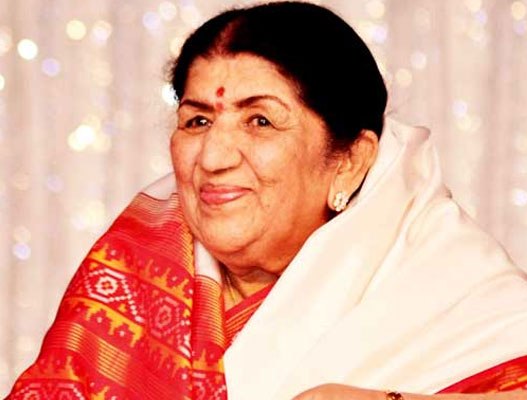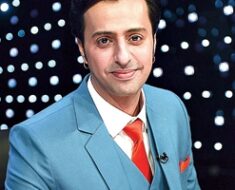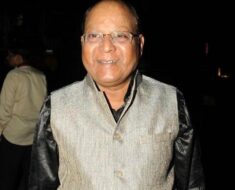Lata Mangeshkar, a name synonymous with Indian music, left an indelible mark on the nation’s cultural landscape. Her melodious voice captivated generations, and her life story is as fascinating as her musical legacy.
Biography/Wiki
Born Hema on September 28, 1929, in Indore, British India, she was renamed Lata after a character in her father’s play. Her inclination towards music was evident from a young age; she even taught songs to her classmates on her first day of school!
Her father, Deenanath Mangeshkar, a renowned classical singer and theatre actor, was her first music teacher. At the tender age of five, she began acting in her father’s musical plays. Tragedy struck in 1942 when her father passed away, but Master Vinayak, a family friend, guided her into a career in music and acting.
Physical Appearance
- Height (approx.): 5′ 1″
- Eye Colour: Black
- Hair Colour: Salt & Pepper
Family, Caste & Husband
Lata hailed from a Marathi Hindu family. Her father, Pandit Deenanath Mangeshkar, and her mother, Shevanti (a Gujarati woman), were her pillars of support. She had one brother, Hridaynath Mangeshkar, and three younger sisters: Meena Khadikar, Asha Bhosle, and Usha Mangeshkar.
The family’s original surname, Hardikar, was changed to Mangeshkar by her father. While unmarried, she was romantically linked to music director Bhupen Hazarika.
Career
Lata’s career began in 1942 with a Marathi film song, which was later dropped from the final cut. Her first credited song was “Natali Chaitraachi Navalaai” in the Marathi movie, Pahili Mangalaa-gaur. She moved to Mumbai in 1945, receiving classical training from Ustad Amanat Ali Khan.
Initially facing rejections due to her voice being considered “too thin,” she persevered. Her breakthrough came with “Dil Mera Toda” from the film Majboor (1948). Her rendition of “Ayega Anewala” in Mahal propelled her to stardom, leading to collaborations with legendary music directors.
Throughout the 1950s and 60s, she lent her voice to countless iconic Bollywood films, mastering various genres and collaborating with renowned male singers. Her patriotic song, “Ae Mere Watan Ke Logon,” moved the nation to tears. Beyond playback singing, she also composed music and produced films.
In the 1990s, she reduced her workload due to health concerns.
Controversies
- A seven-year rift with composer S.D. Burman over alleged credit issues.
- A dispute with Mohammed Rafi in 1962 regarding royalty payments.
Awards & Honours
Lata Mangeshkar received numerous prestigious awards, including:
| Award | Year | Song/Film (where applicable) |
|---|---|---|
| National Award for Best Female Playback Singer | 1972 | Paricha |
| National Award for Best Female Playback Singer | 1974 | Kora Kagaz |
| National Award for Best Female Playback Singer | 1990 | Lekin |
| Filmfare Award for Best Female Playback Singer | 1959 | Madhumati (“Aaja Re Pardesi”) |
| Padma Bhushan | 1969 | |
| Dada Saheb Phalke Award | 1989 | |
| Padma Vibhushan | 1999 | |
| Bharat Ratna | 2001 |
This is not an exhaustive list; she received many more accolades throughout her career.
Favourites
Lata Mangeshkar had a wide range of interests. She enjoyed spicy food and Coca-Cola, loved cricket (Sachin Tendulkar being her favorite player), and admired Atal Bihari Vajpayee. Her favorite films included Kismet and the James Bond series.
Death
In 2022, she succumbed to complications following a COVID-19 infection and pneumonia. Her passing was mourned nationally, with tributes pouring in from across the country.
Facts/Trivia
- Owned a Mercedes Benz.
- Hobbies included cycling and watching cricket.
- Took Urdu lessons to refine her pronunciation.
- Had her voice insured after vocal cord issues.
- Recorded the highest number of songs (712) for Laxmikant Pyarelal.
- Was fondly called the “Nightingale of India.”
- Sang over 50,000 songs in 36 languages.
- Monopolized Filmfare awards from 1958-1966.
- Loved dogs and often shared pictures of her pet “Bittu.”







